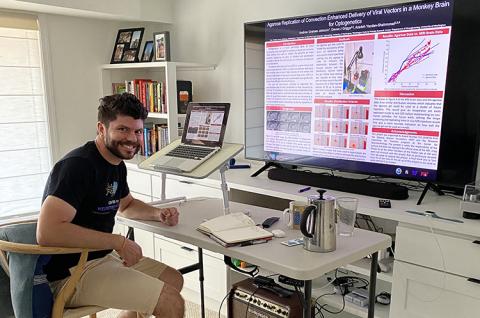The aim of this blog is to show what’s happening at the Center for Neurotechnology among its faculty, student and staff members. To learn more about the center and its work, visit our Feature Stories page.
-
Scientific Research – Insights from the Inside – 1

This is the second Engage and Enable blog post by CNT student member Gabrielle Strandquist in an ongoing series that explains how research works and gives insight into the process for aspiring engineers and scientists. Part one of the series is available here: “What is research, and how do I get involved?“ Part 2: Navigating the research
-
Scientific Research – Insights from the Inside – 2

Part 1: What is research, and how do I get involved? “Scientific research.” “Knowledge discovery.” “Novel contributions to society.” The first time I heard these phrases, I didn’t know what they meant. In many ways, I am still learning what they mean. My journey to discovering scientific research was highly circuitous, and I almost missed
-
Meet Gabrielle Strandquist

This graduate student working in the labs of CNT members Rajesh Rao and Bing Brunton is starting a new series of posts on our Engage and Enable blog. Strandquist will explain her research and give insight into the process for aspiring engineers and scientists. Hello! I am a second year Ph.D. student in the Paul
-
The CNT continues to expand access to neural engineering education for middle and high school students, even through COVID-19

Wayne Gillam There is no question that the novel coronavirus, also known as COVID-19, threw teachers and educators an unexpected curve ball this year. In response, the education team in the Center for Neurotechnology (CNT) discussed at-length which Center programs could be converted to an online experience in light of the pandemic and how to do
-
A former CNT student brings his expertise and business startup experience back to the classroom

Wayne Gillam Lars Crawford demonstrates vHAB, a virtual reality device designed to assist stroke patients with physical therapy. Crawford was part of a student team that invented the device in the 2014 Tech Sandbox competition and further developed it at the CNT over the next few years. The Tech Sandbox was a precursor to today’s
